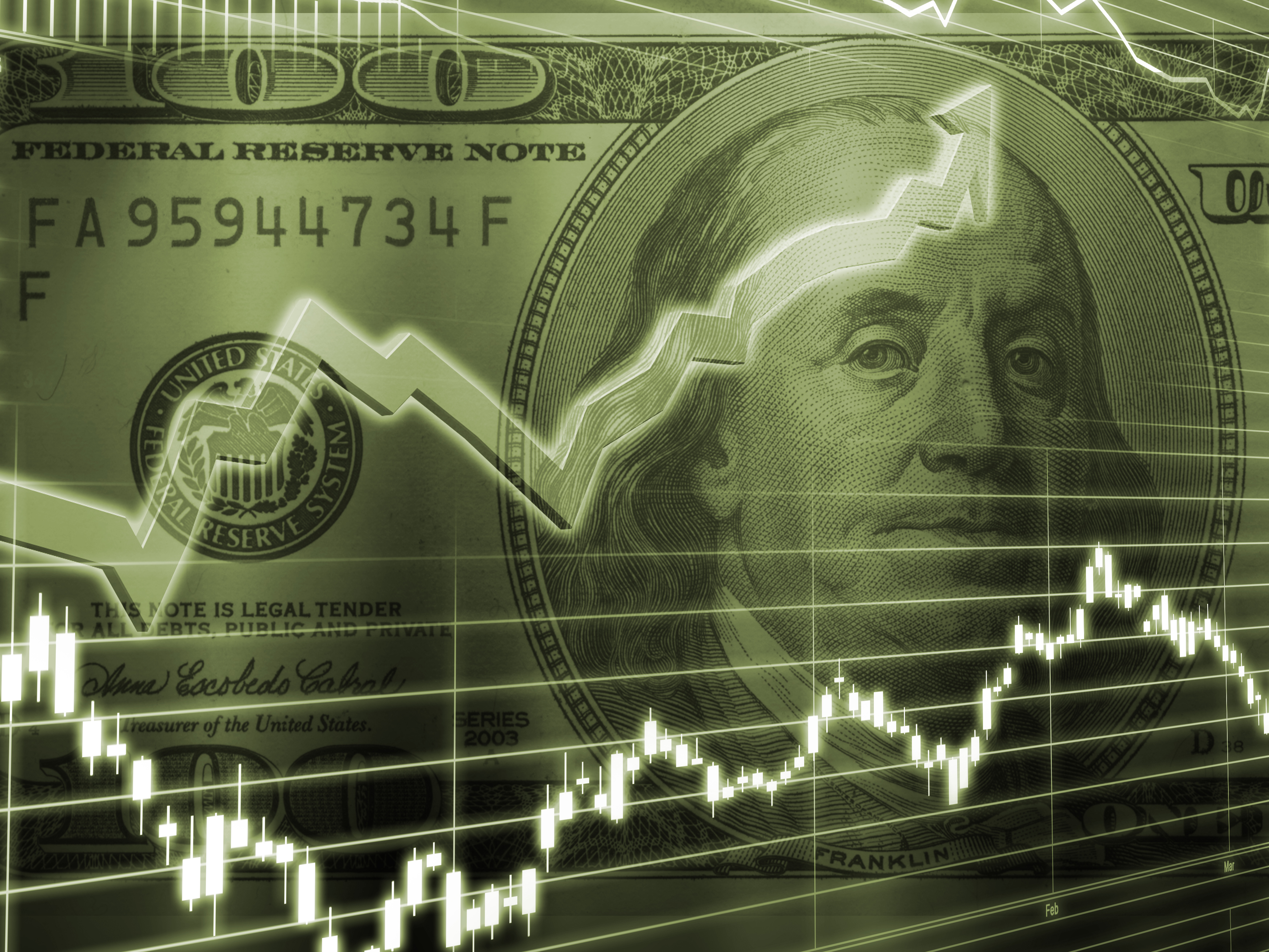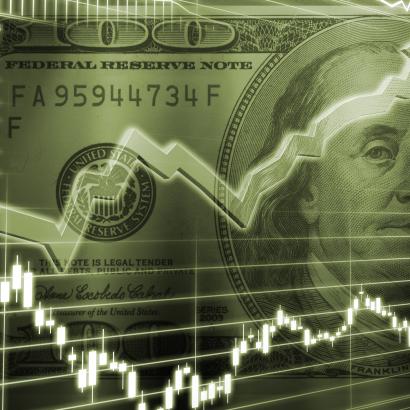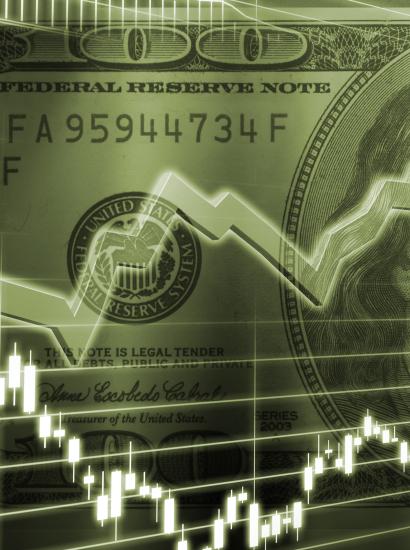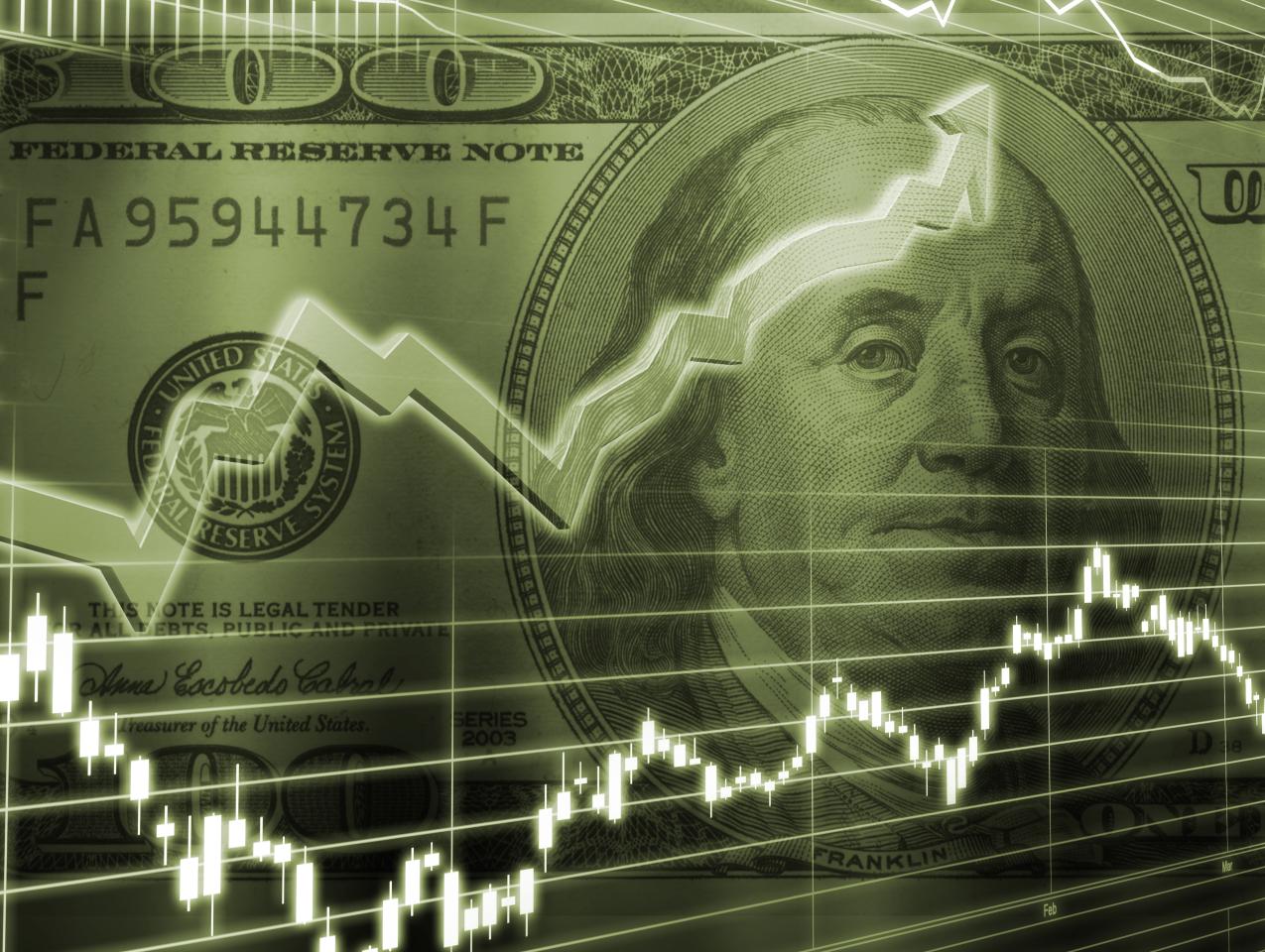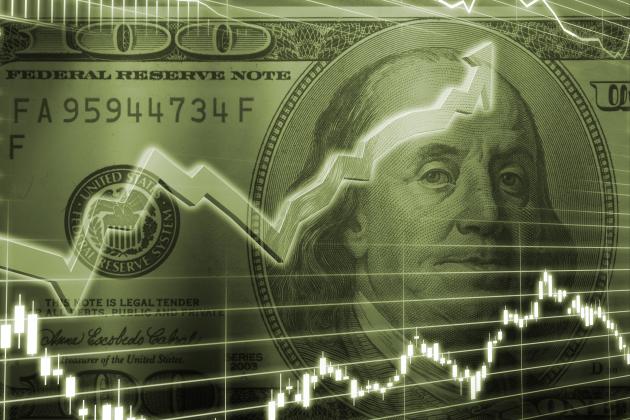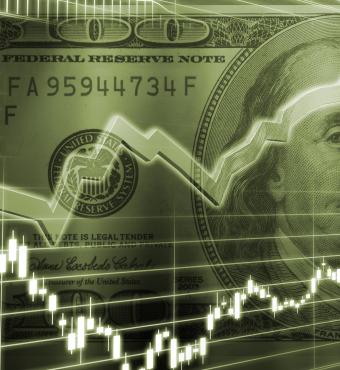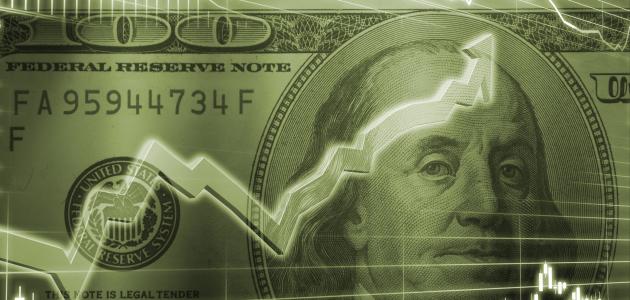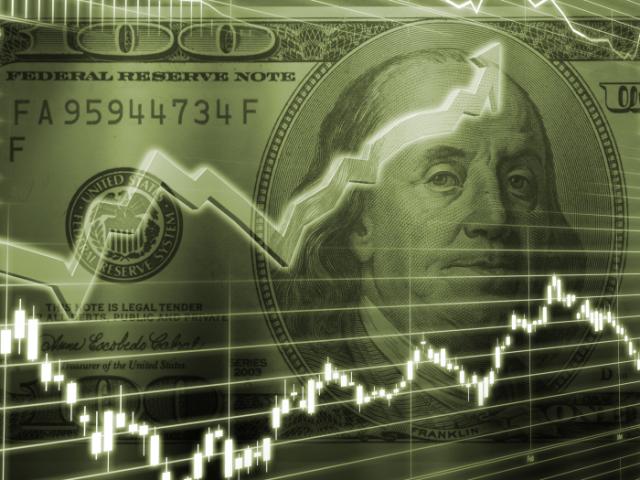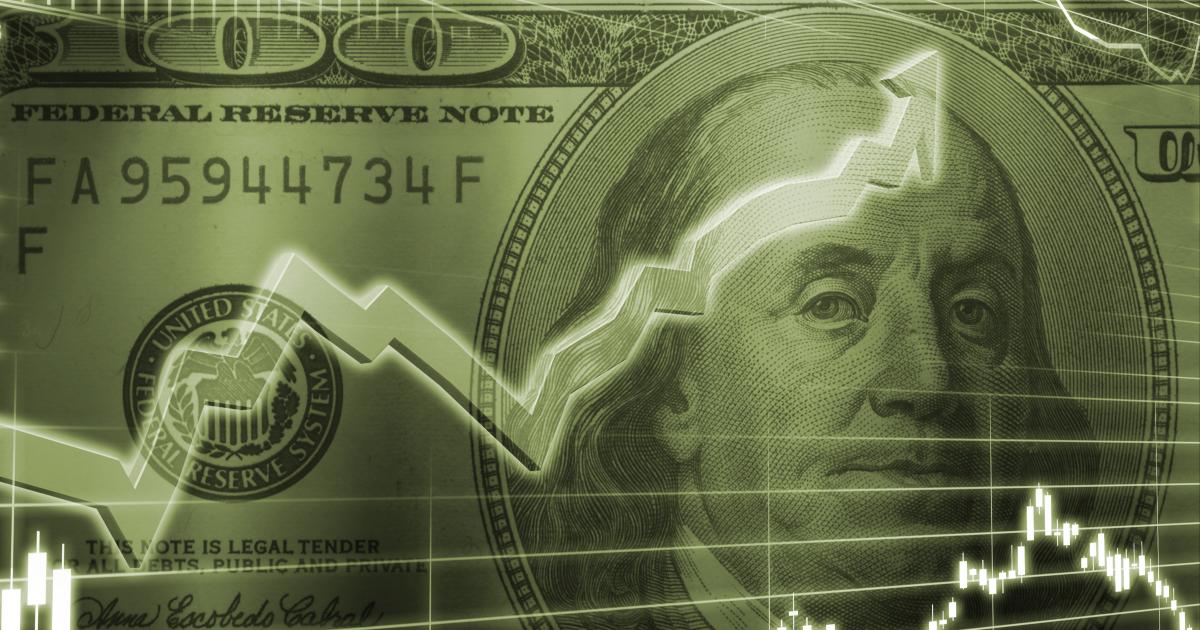Sound money and free markets go hand in hand. In 1776, Adam Smith wrote of the importance of rules for "a well-regulated paper-money" in "The Wealth of Nations." In 1962, Milton Friedman made the chapter "Control of Money," with its rationale for monetary rules, a centerpiece of "Capitalism and Freedom." In the 1980s, British Prime Minister Margaret Thatcher and President Ronald Reagan made sound money principles a key part of their market-based reform platforms.
The reason is clear: Economic crises and slow economic growth, as in the Great Depression of the 1930s and the Great Inflation of the 1970s, could be traced to deviations from sound rules-based monetary policy. That common- sense finding still holds.
When monetary policy became more rules-based during the 1980s, 1990s and until recently, the economy improved and we got what economists call the Great Moderation of strong economic growth with declining unemployment and inflation during those same years. When policy became more ad hoc, interventionist and discretionary during the past decade, the economy deteriorated and we got a financial crisis, a Great Recession, and a not-so-great recovery.
So as Americans begin to diagnose the poor economic performance of recent years and look for remedies that rely more on markets, they are again looking to monetary reform. A welcome example is the Federal Reserve Accountability and Transparency Act, just introduced in the House.
Its first main section "Requirements for Policy Rules for the Fed" would require that the Federal Reserve submit to Congress and the American people a rule or strategy for how the Fed's policy instrument, such as the federal-funds rate, would change in a systematic way in response to changes in inflation, real GDP or other inputs. The bill was the subject of a hearing on Capitol Hill last week, and Fed Chair Janet Yellen was asked about its requirements Tuesday during her testimony to the Senate Banking Committee. It ought to be the main subject when she testifies Wednesday before the House Financial Services Committee.
According to the legislation, the Fed, not Congress, would choose the rule and how to describe it. But if the Fed deviated from its rule, then the chair of the Fed would have to "testify before the appropriate congressional committees as to why the [rule] is not in compliance." The rule would have to be consistent with the setting of the actual federal-funds rate at the time of the submission. The legislation also creates a transparent process for accountability: The U.S. comptroller general would be responsible for determining whether or not the "Directive Policy Rule" was in compliance with the law and report its finding to Congress.
The legislation provides flexibility. It does not require that the Fed hold any instrument of policy fixed, but rather that it make adjustments in a systematic and predictable way. It allows the Fed to serve as lender of last resort or take appropriate actions to provide liquidity in a crisis. Moreover, the legislation even allows for the Fed to change its rule or deviate from it if the Fed policy makers decide that is necessary. As stated in the act: "Nothing in this Act shall be construed to require that the plans with respect to the systematic quantitative adjustment of the Policy Instrument Target be implemented if the Federal Open Market Committee determines that such plans cannot or should not be achieved due to changing market conditions." But "Upon determining that plans . . . cannot or should not be achieved, the Federal Open Market Committee shall submit an explanation for that determination and an updated version of the Directive Policy Rule."
In the interests of clarity, the legislation also specifies a "Reference Policy Rule," to which the Fed must compare its policy rule. The reference policy rule, to quote from the legislation, "means a calculation of the nominal Federal funds rate as equal to the sum of the following: (A) The rate of inflation over the previous four quarters. (B) One-half of the percentage deviation of the real GDP from an estimate of potential GDP. (C) One-half of the difference between the rate of inflation over the previous four quarters and two [percent]. (D) Two [percent]."
In monetary and financial circles this rule is known as the Taylor Rule, due to a proposal I made in 1992, and researchers routinely compare any policy rule they are considering to this rule. It is thus a straightforward task for the Fed. Many at the Fed already make such comparisons, including Fed Chair Janet Yellen.
Some will object to the legislation, including some at the Fed. But there is nothing partisan about rules-based monetary policy, and there is a clear precedent for congressional oversight. The Federal Reserve Act previously required that the Fed report the ranges for the future growth of the money supply, but these requirements were removed from the law in 2000. The proposed legislation fills that void.
Some will say that the legislation would destroy central-bank independence. But since the Fed chooses its own rule, its independence is maintained. The purpose of the act is to prevent the damaging departures from rules-based policy, which central-bank independence obviously has not prevented.
Based on writings, speeches and publicly released transcripts of meetings, we know that many at the Fed favor a more rules-based policy. Constructive comments from the Fed would undoubtedly improve the legislation, but if it were passed into law as is, economic performance would improve greatly.
The Federal Reserve Accountability and Transparency Act limits discretion and excessive intervention by our independent central bank, as its name implies, in a transparent and accountable way. It thereby meets Milton Friedman's goal of "legislating rules for the conduct of monetary policy that will have the effect of enabling the public to exercise control over monetary policy through its political authorities, while at the same time . . . prevent[ing] monetary policy from being subject to the day-by-day whim of political authorities."
Mr. Taylor, a professor of economics at Stanford University and a senior fellow at the Hoover Institution, served as Treasury undersecretary for international affairs from 2001 to 2005.







